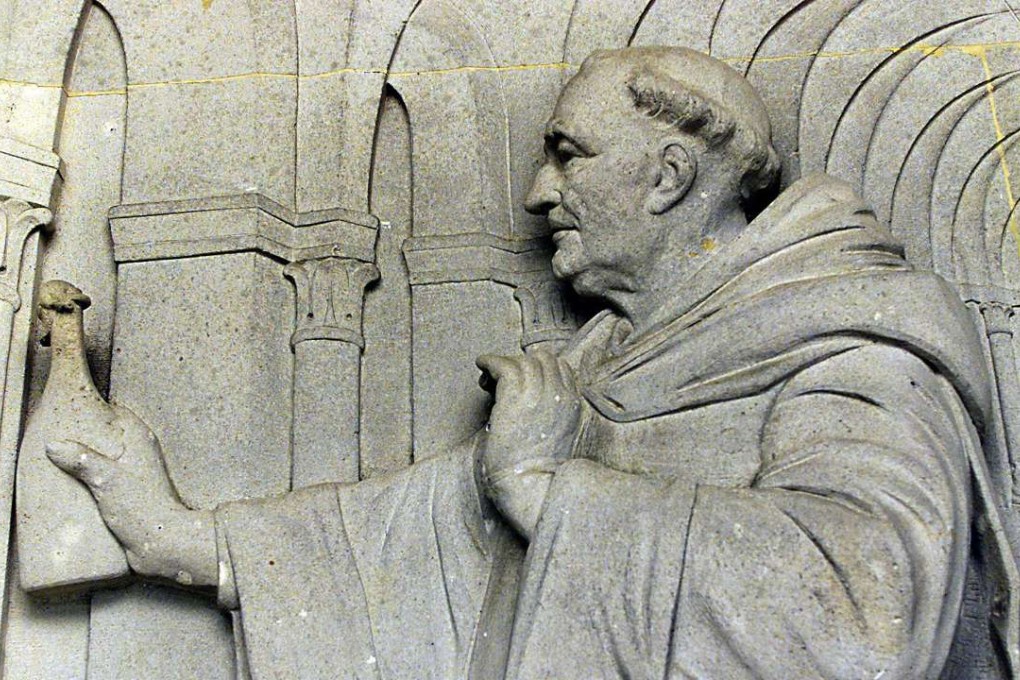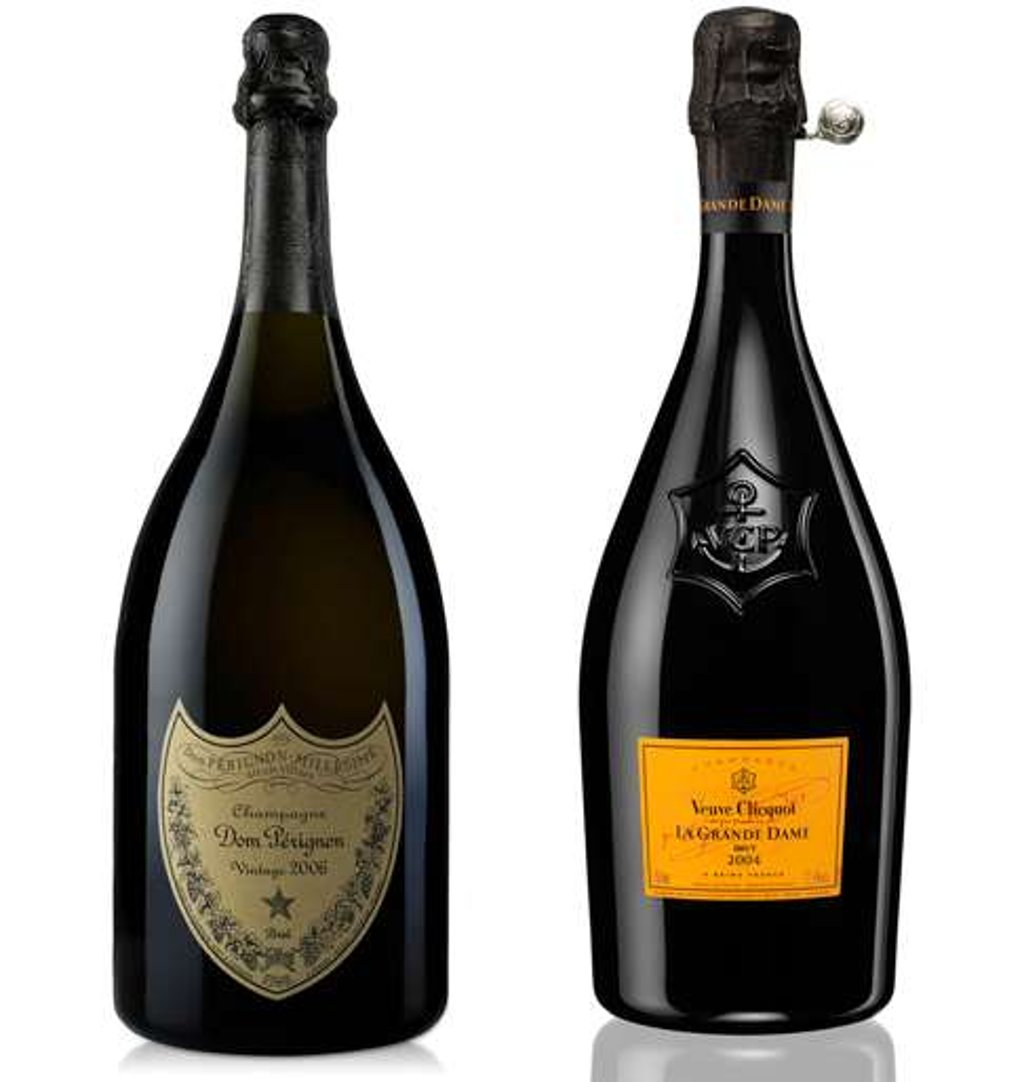The Corkscrew | Tête de cuvée, the best of the best champagne
These fine vintages are made from grapes cultivated from the best grand cru and premier cru vineyards and are named after very important people, so they are best enjoyed on the most special occasions

A tête de cuvée is a champagne house’s top drop. It is made from grapes that have been nurtured and cultivated from its best grand cru and premier cru vineyards. It is made only in extraordinary years, when the cellar master deems the grapes to be of outstanding quality; most houses will not produce more than three vintages in a decade. These wines spend more time in the cellar than other champagnes; at least seven years (non-vintage champagnes are usually aged for two to three years), which gives them time to develop their special character. Tête de cuvée bottles have extra detailing, to signify luxury and indicate covetability.
Producers name their tête de cuvée brands after important people. Moët & Chandon’s Dom Pérignon, for example, was named after the Benedictine monk who is considered by many to be the father of champagne. Brother Dom Pérignon (1638-1715) perfected a number of techniques that were innovative and are still in use: blending grapes to maintain quality and consistency; making a clear (colourless) wine from red grapes; using thicker bottles to prevent them from exploding under the pressure of the gas; and figuring out the best time to bottle the champagne to maintain the bubbles. Dom Pérignon the wine wasn’t made until 1921 and, at first, it was shared only on special occasions within the Moët family.




